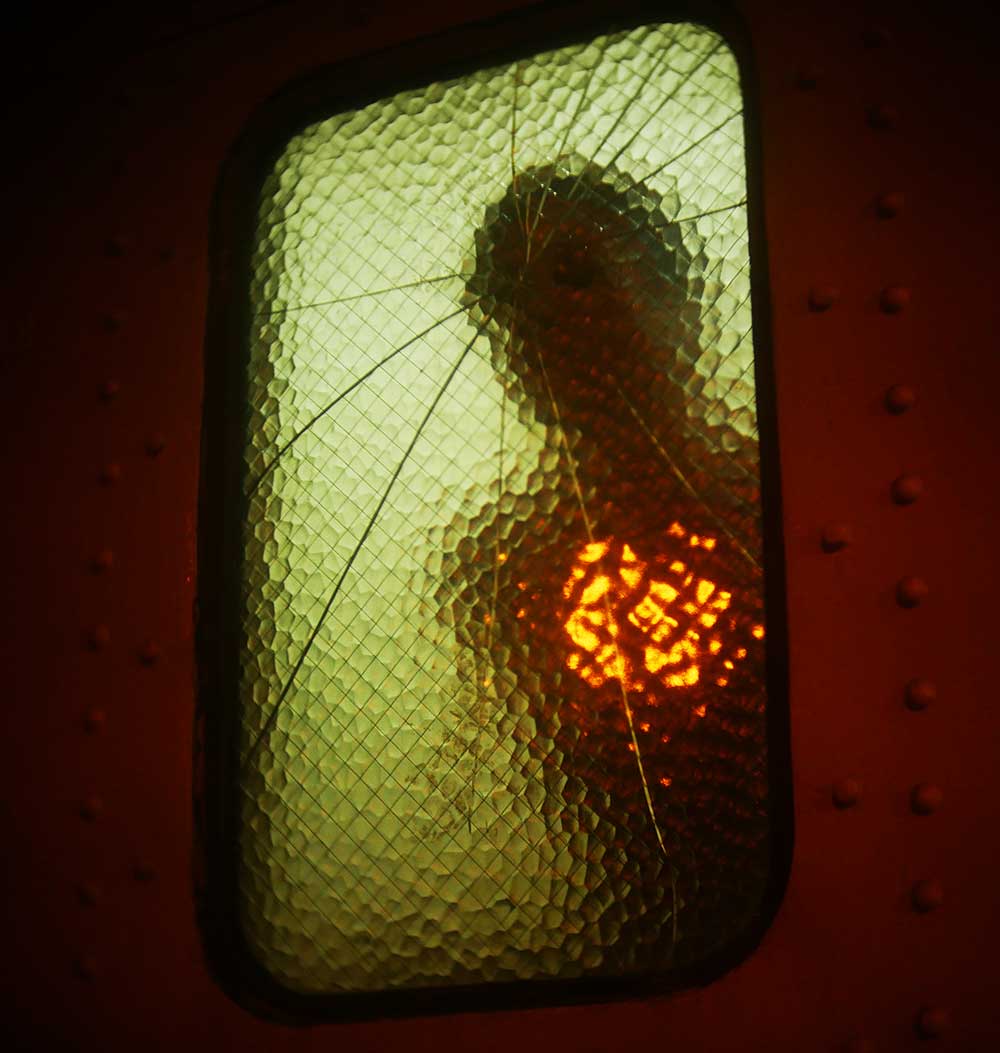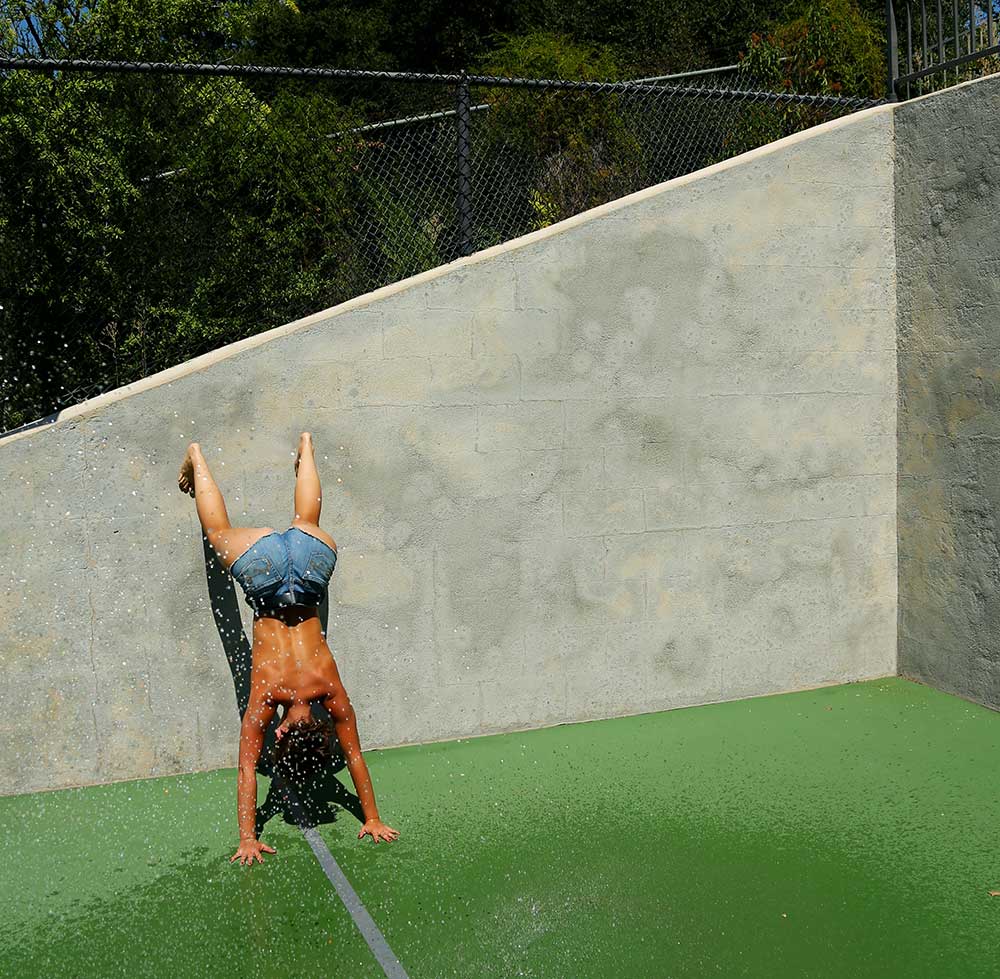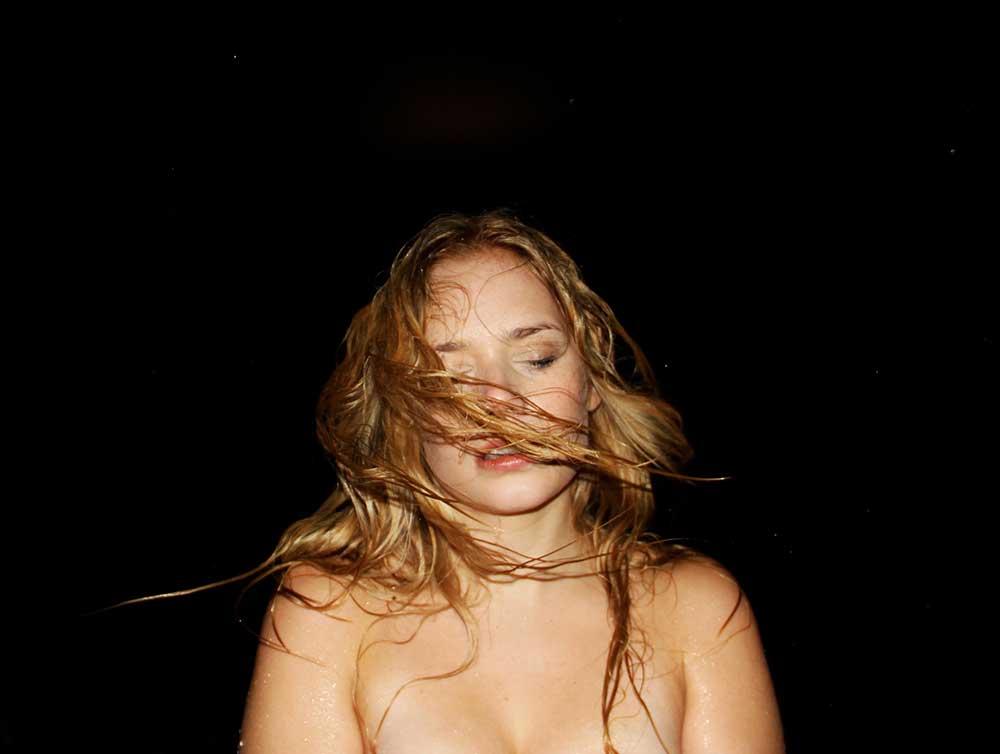In the latest print edition of our magazine, we had the honor of featuring the work of the talented photographer Douglas Burgdorff.
Surprised that he hasn’t succumbed to his most daring photographic adventures, Douglas has traveled the world capturing images that blend beauty and danger, sincerity and insincerity, artifice and natural splendor.
Raised between New Hampshire, Connecticut, and New Jersey, he found his passion for photography at an early age. He began by filming skateboarding videos at the age of 10 but quickly realized that still photography was his true calling. With a deep interest in shadows and colors, he seeks to capture moods, scale, and juxtapositions that evoke indefinable emotions.
His camera has been his inseparable companion on journeys to places like Rwanda, Mexico, Australia, Montreal, Morocco, and Sri Lanka. Douglas is a collector of ephemeral moments, always in search of that special, fleeting light that transforms the mundane into the extraordinary. “My goal is always to be surprised, and the joy of discovery is a feeling much more gratifying than manufacturing photography,” he shares.
In this interview, we explore Douglas Burgdorff’s unique vision and his ability to transport us to realities that are both nightmare-dark and truly beautiful. We invite you to immerse yourself in his world and discover how he makes such diverse images coexist in a single reality. [Official Website][Magazine]
How did you discover your passion for photography at such a young age, and what motivated you to focus on this art form?
When I was eight, I got my first skateboard and my first skate video called Ban This!, and that set me off on a path to make my own skate videos. I encountered a true problem, though—I sucked at skating. I had to get creative to make the videos not pathetic and dull, which took effort. Along the way, I became captivated with capturing something compelling, and I was also so drawn to minimalism that one single frame or photograph became the ultimate challenge. I never progressed too far with my skating skills, but it didn’t matter anymore—I had a new obsession that still hasn’t left me.
You often take risks to capture your images. What drives you to take on these challenges, and how do they impact your photographic work?
A kid that was a year below me at Emerson College fell off a roof while he was filming. That haunted me because it so easily could’ve been me. I get so lost in trying to get an image that everything becomes secondary, to an absolute fault. I remember leaning so far over a boat to get a shot of a crocodile that I was violently yanked back into the boat by the guide. In Rwanda, a gorilla charged me while I was shooting—and once again, a guide had to forcibly rearrange my position, this time by shoving me to the ground. Another time in Rwanda, I ripped my chin open after falling trying to get a shot of a bus at night. I didn’t get the shot, which was the most painful part of the whole incident. I don’t like this habit about myself. Images have a wildly high importance in my mind, fully out of step with reality. It’s troubling. I think what drives me to keep taking risks like this is I’m trying to top previous photos I’ve already taken, and there’s a more rabid pursuit of the best angle, despite terrain or situation, because of that.
How do you use shadows and colors to convey emotions and atmospheres in your photographs?
Honestly, I would be a tremendously bad teacher because I don’t have any sort of method to explain it. My leading directive would be to trust your own gut. If something moves you, trust that. Darkness and vibrant colors move something in me, and I’m drawn endlessly to capturing them in the world. They are presented to me, oftentimes completely randomly, so it comes down to capturing them before they disappear—which is where experience has come into play. I still have pain thinking about some of the images I’ve missed over the years. The number one example of that was a desert scene of a guy on a dirt bike with a dust tornado right behind him, at golden hour. A devastating miss.
What is your creative process when capturing images, and what criteria do you use to select the photographs you consider most significant?
Emotion is leaned on heavily when selecting. I strive for simplicity, so if an image can be reduced down to its essentials, I’m happy. Often I find surprising themes and connections between photos in a series and I let that guide me in selection. If an image doesn’t get your butt twitching, trash it.
How have your experiences traveling and exploring different cultures influenced your photographic approach?
I’m very curious about anything new to me. There’s nothing like the high of a new place, a new culture. I’ve learned to have a camera with me at all times, even if it makes me look like dipshit. It’s really important to be wide open at every moment, because the most interesting images are utterly transitory and ephemeral, I’ve found.
In what ways do you address the contrasts between the artificial and the natural, the sincere and the insincere, in your photographs?
I’m drawn to poking holes in things. I was raised in a religion where the physical world is thought of as fake, no matter how real it seems, so seeing the contrast between artifice and “truth” is part of my hard-wiring. Extreme artifice is often very funny to me, too. Also, the combination of a high and a low naturally emboldens both. Photography is inherently artificial—whether film or digital—so trying to capture something that feels real is a fun challenge because it’s, in a way, impossible. Contrast helps a viewer understand and see things more clearly.
How do you incorporate spontaneity and the element of surprise into your creative process?
By always having a camera on me, I’m able to be as spontaneous as my little digits allow me. To be honest, I’m probably quite dumb, so I’m often surprised by things. And when I’m surprised I know—from muscle memory—to try and capture the image before it’s gone forever. Stay dumb and ignorant, and the world will be a very exciting parade of imagery.
What emotions do you aim to evoke in your photographs, and how do you convey those feelings to the viewer?
Laughter, confusion, wonder, and sadness seem to be running ambitions. I say “confusion” with a little bit of tongue in cheek, but confusion leads to thought and allows a viewer to project themselves in ways onto an image…which will always enhance it. “Mystery” is the cooler way to say it, I guess. Anything that evokes a visceral feeling is of the utmost interest, too. It’s what I want when I look at a piece of art. Shake me up! Anything to distract me and move me away from solipsism, spicy chip binges, and crushing fear of the future.
How do you work with dualities like beauty and darkness to create impactful and evocative images?
Growing up, I was truly floored by artists like Francis Bacon, John Martin, Caravaggio, Andrew Wyeth, and cinematographers Anthony Dod Mantle and Gordon Willis. The emotion, mystery, boldness, and richness of those artists spoke to me on an emotional level, so I’m not surprised that I’m still chasing those types of images in my own work. For an image to have interest, I think there has to be dualities—and so that is a conscious effort to have contrasting elements that can relate and repel each other.
How have your beginnings in analog photography influenced your approach and style in the digital age?
Analog is the way to go if you want organic beauty 10 out of 10 times. I’m cheap and click-happy, and that’s a recipe for tears if you’re shooting film. The positive spin is that I like a challenge and I don’t want to be in a position where I have to miss a moment because of technical constraints or limited frames. The moment is everything, and a great moment will allow for technical blunders. As long as you get it.
How do you use light and composition to transform ordinary scenes into extraordinary images?
Natural light is my preference because there’s a chaos to it. I’m not sure whether it’s my OCD or something less clinical that satisfies my brain when there’s a frame that contains shapes and colors, but composition is of paramount importance to me. It’s a way to see the world anew, and the world is presenting the extraordinary everywhere—so just keep your eyes peeled, steal it, and box it up.
Finally, what do you hope viewers experience or feel when they see your photographs, and what message do you wish to convey through your art?
I hope viewers experience at least some percentage of the emotion I felt when I first saw the image myself in life before I stole it. Brain activity is good. Emotions, both positive and negative, are everything in art. Nothing is worse than boredom and blindness. A punch or a kiss—I want to live, dammit.











